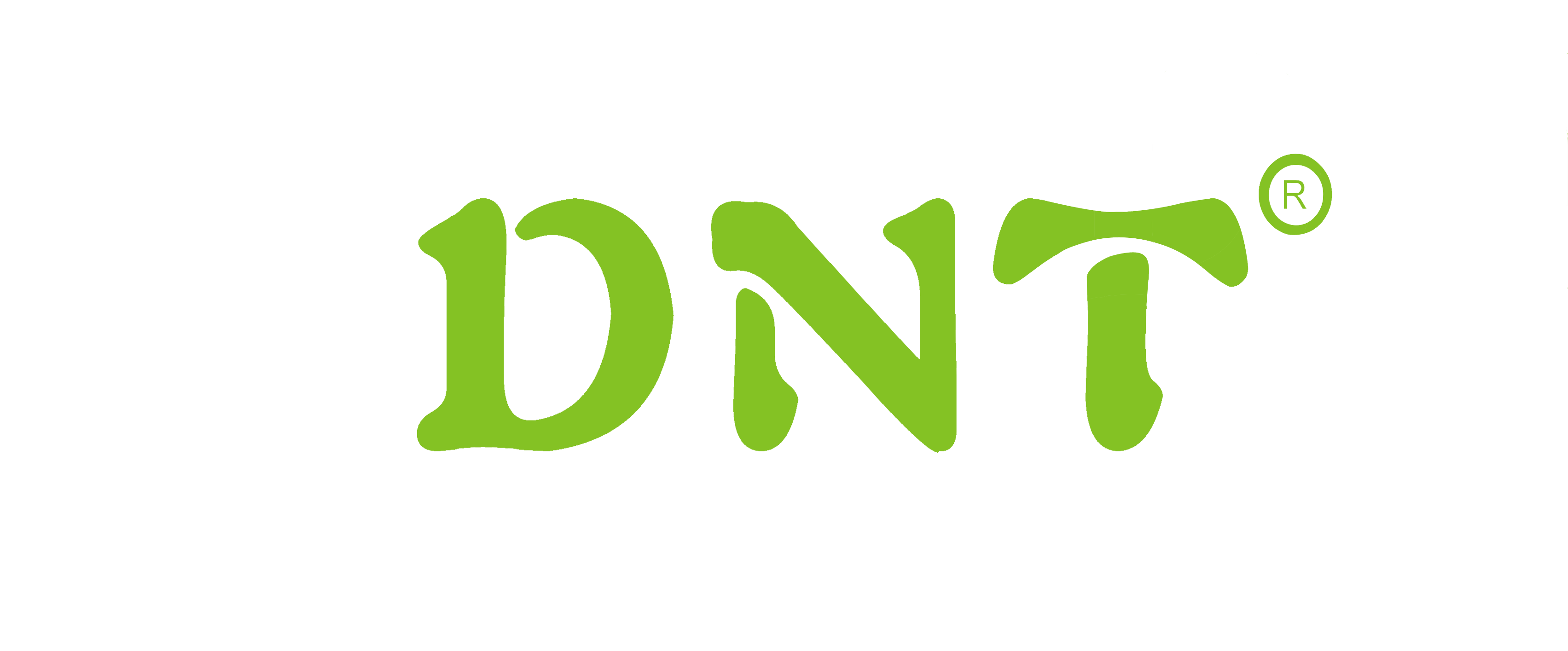Instructions for Motorcycle chain breaker & riveter-DNT Tools
Motorcycle chain breaker tool

introduction
Breaks and rejoins most types of chain quickly and easily. Suitable for most sizes of drive or cam chain from #35 to #630. Supplied with a range of pins, dies and detailed instructions
specification
Model ....................................................................DN-D1085.
Contents.................................................... Pins: 2.2, 2.9, 3.8.
..................................Pin Guide: 2.2mm upper, 2.2mm lower.
...................................................................Anvil: 3mm, 6mm.
....................................................................................Spring.
..........................................................................Press Plates.
..................................................................................... Lever.
...................................................................................Handle.
...........................................................................Chain Press

1. Breaking Chain (pressing out link pin).
Note: This tool may be used for breaking all chain sizes from number 35 to 630.
If working on cam chain be sure and cover chain tunnel with rag to prevent parts dropping down.
1.1. The rivet head must be ground off first.
1.2. Select correct size breaking tip (fig.2.3) for the chain to be worked on, position spring as shown fig.2 and insert into alignment bolt (fig.2.1). Assemble tool as shown in fig.2 (Anvil not used)
1.3. If small 2.2 mm tip is used you must also use the upper and lower guides (see fig.3) to prevent breaking the tip. The upper guide threads onto the alignment bolt, the lower guide drops in place in bottom of tool body.
Note: Smallest pin (2.2 mm) should be used on most cam chain. 2.9mm pin used on #25 or #35 chain 3.8 mm pin for most motorcycle drive chain (428 to 530).
1.4. Put tool over chain, breaker pin tip must be withdrawn at least 2 mm into alignment bolt. The end of the chain rivet should be held in position by the tool alignment bolt, and the tool body. Tighten the alignment bolt securely against chain to hold chain in place.
1.5. Tighten push (extractor) bolt with wrench or lever bar until the chain pin is pushed out completely the chain pin will drop out of the hole in the bottom of the tool. (If you don’t feel the tip pushing down smoothly, check that the tip is correctly lined up against the link pin. If not realign or you may break the breaker pin.) Withdraw push bolt and breaker pin, loosen alignment bolt and remove.


2. Installing chain link pin (riveting)
2.1. The rivet tip and anvil must be in place in tool.
2.2. Assemble the chain with the link to be riveted. New special rivet link pins must be used, The original pin must not be used
Do not use a split pin type connecting link. The pin must be pushed all the way through the chain link, if the pin is hard to insert
it can be pushed into place by placing chain into the tool with the rivet tip withdrawn 2mm into the alignment bolt and tightening
the alignment bolt until the pin has been pushed through the link,ensure that an equal length of pin shows on each side of the link
2.3. Position the tool over the pin to be riveted, make sure rivet tip is withdrawn 2mm into the alignment bolt and tighten the alignment
bolt securely against chain. Tighten the push (extractor) bolt so that the rivet tip flares the chain pin. Both ends of the chain link pin
should be flared so the pin is securely held in place. Repeat procedure on other link pin.
2.4. Withdraw the tool, from the chain; visually check that both chain link pins show the same flared ends and that the rivets on the side
plates are in alignment with side plates on either side.
NOTE: You may also use the press plates to flare the ends of pins as shown below (fig.4); use the press plate with the two holes
in the upper jaw and the grooved press plate in the lower jaw. You may also use a combination of the rivet pin and lower press plate
as fig.5.








